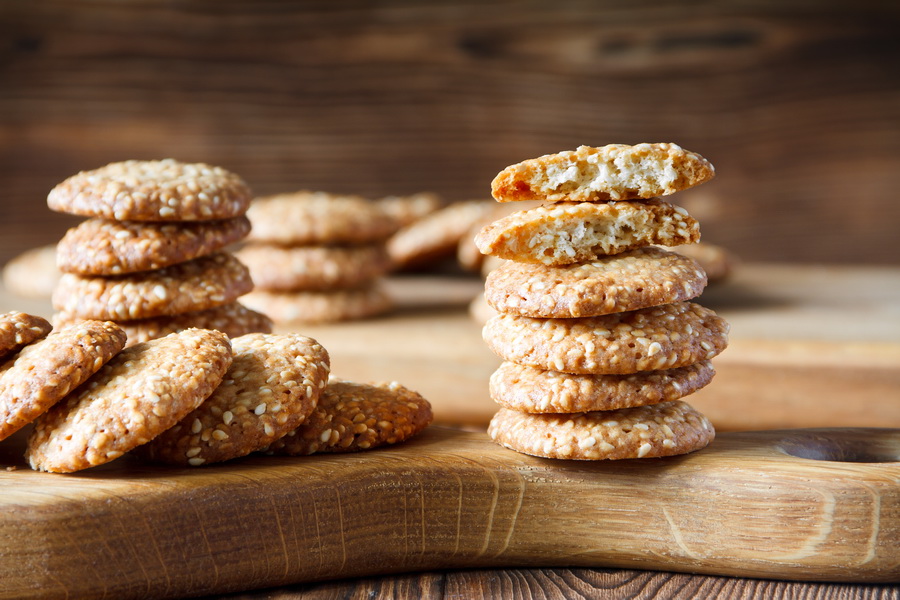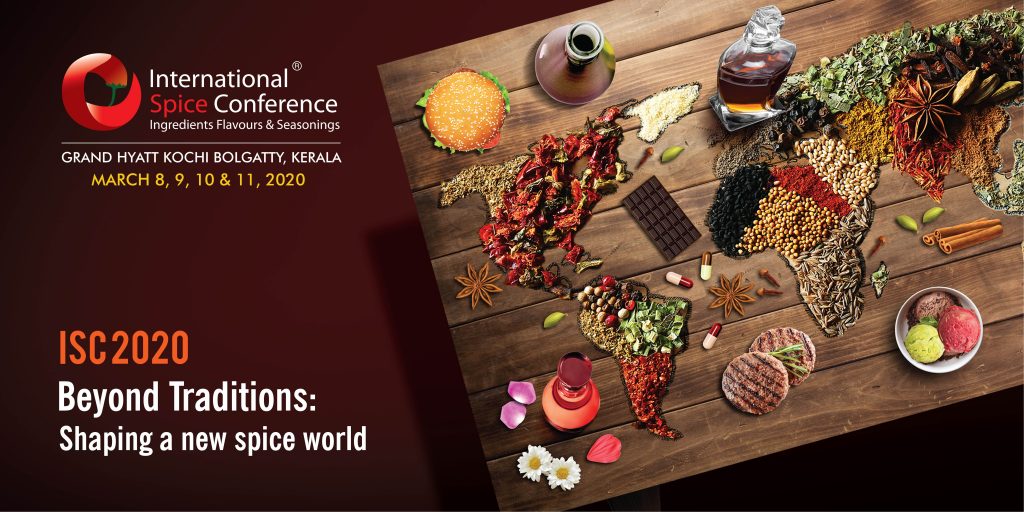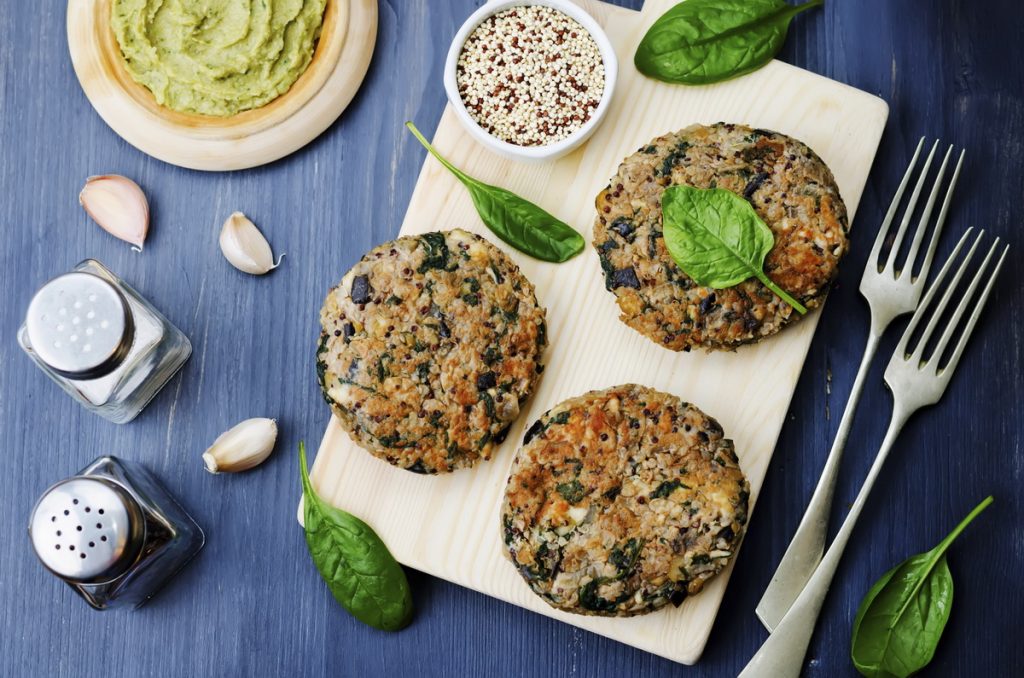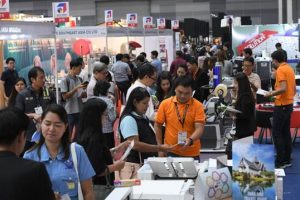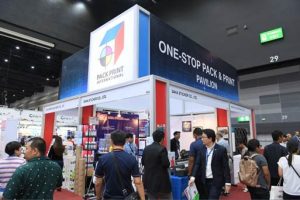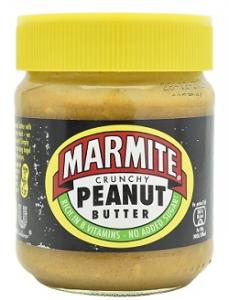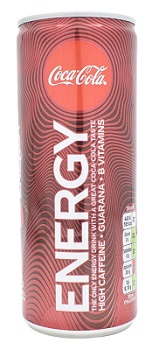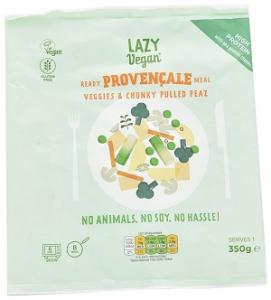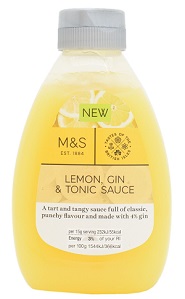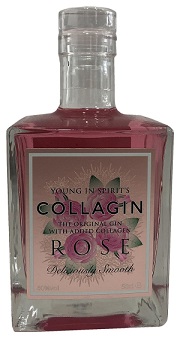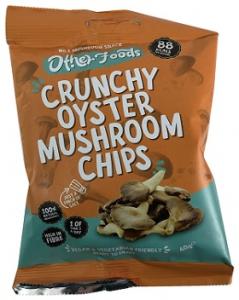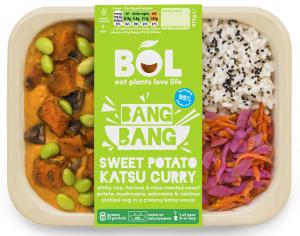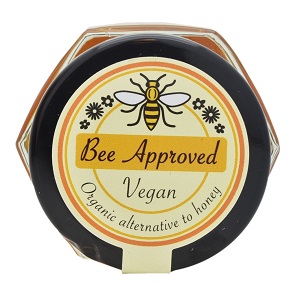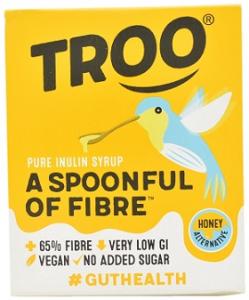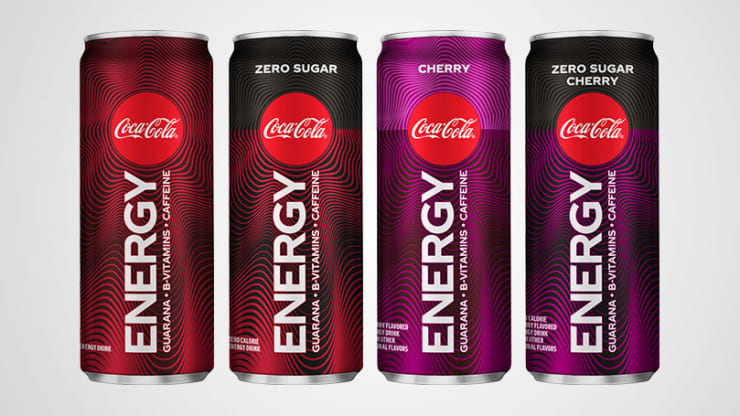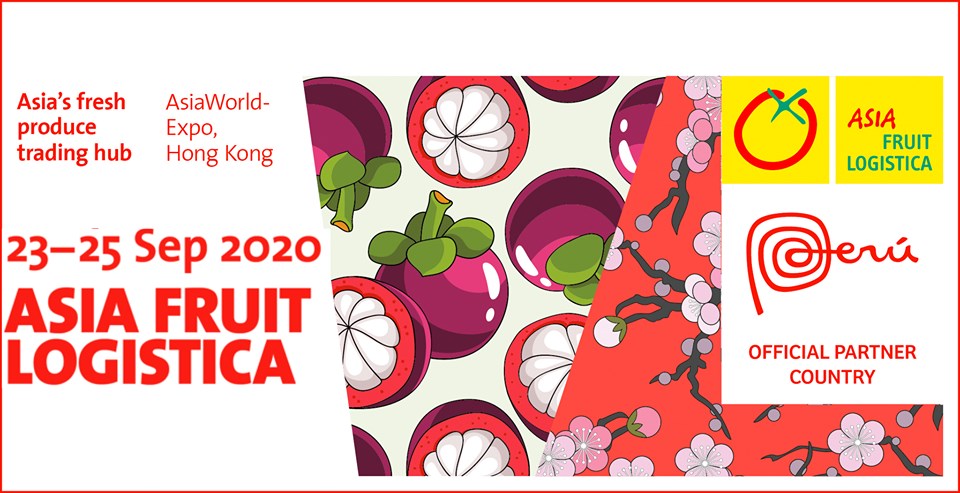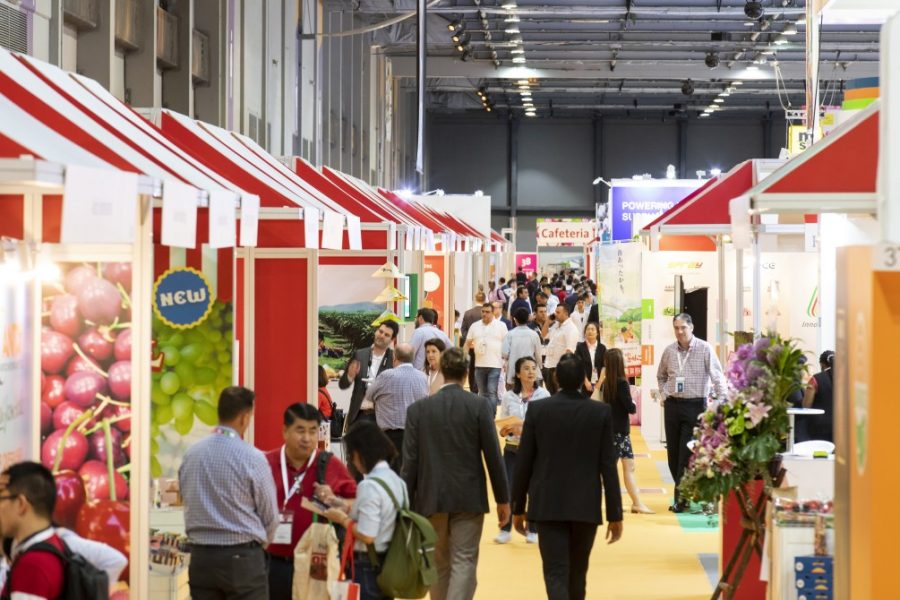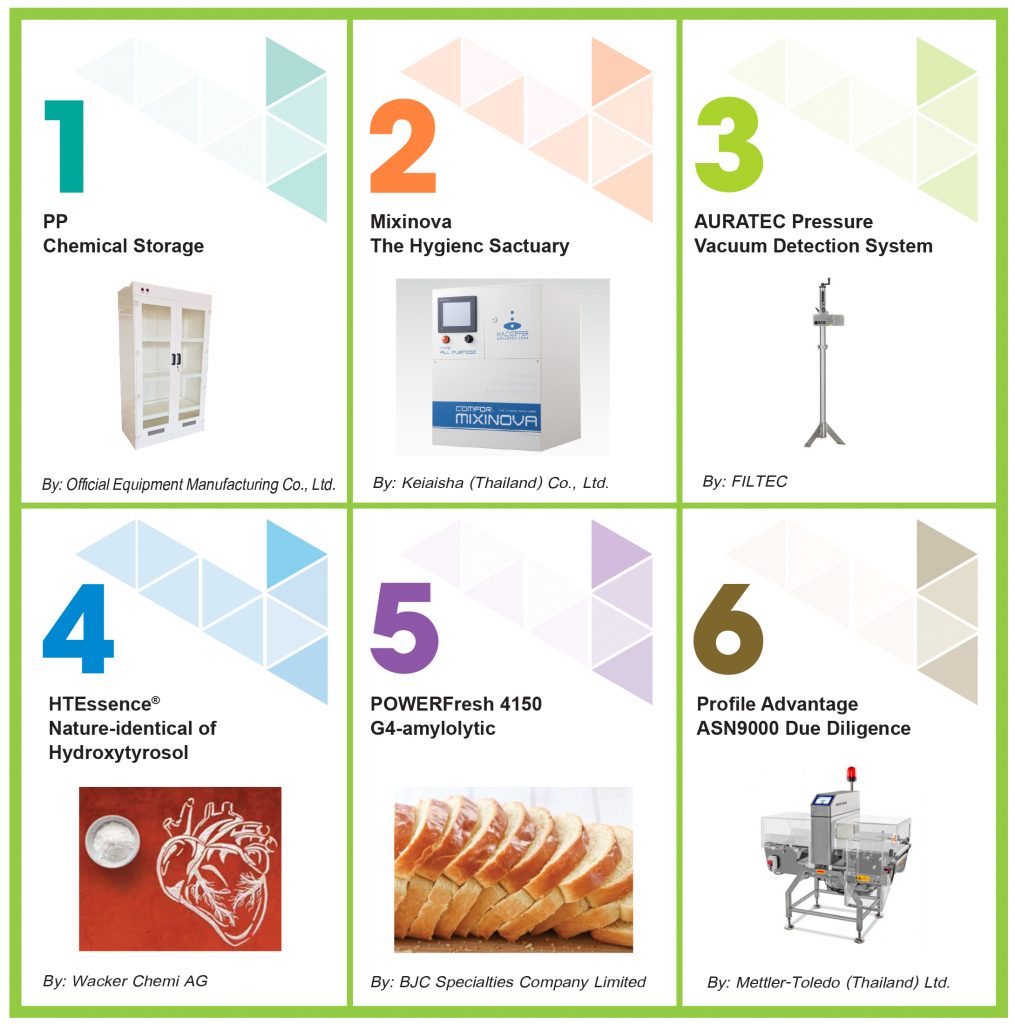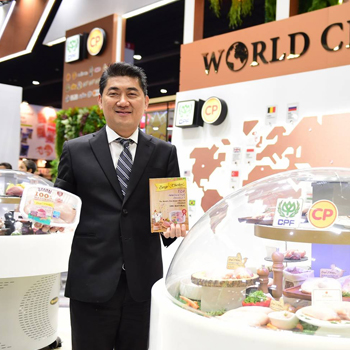The sports nutrition market is going through a major transformation, muscling its way out of its athlete-focused niche into the mainstream. Here, we highlight three trends emerging in Europe, Asia and the Americas.
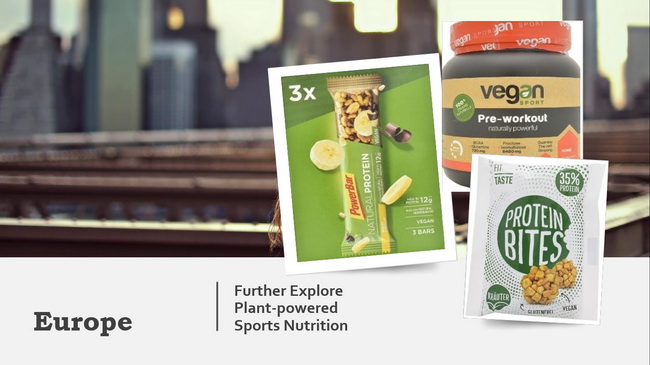
Europe: Further Explore Plant-powered Sports Nutrition
The Mintel Trend ‘Power to the Plants’ outlines how the desire for healthier and sustainable lifestyles is motivating consumers to adopt a more plant-based diet. In response, more manufacturers are basing their formulations around plant ingredients such as nuts, seeds, grains and botanicals. This trend has made a great impact on mainstream food and drink, including sports/performance nutrition. According to Mintel Global New Products Database (GNPD), in the 12 months to July 2019, 14% of total European launches in sports/performance and nutrition featured a vegan/no animal ingredients claim, a five percentage point increase since 2014.
Although plant-based formulations have seen a rise in public profile, brands must work hard to promote the benefits of plant-derived proteins to consumers. This will help plant-based sports nutrition products (eg pea protein) to more effectively compete with those featuring animal-based protein content.
PowerBar Natural Protein Banana and Chocolate Flavoured Sports Bar with Protein is made with high-quality and natural plant ingredients, including peanuts, protein, banana and dark chocolate pieces (Spain).
Fitness Boutique Apple Flavoured Pre-Workout Mix is made with 100% natural and functional ingredients such as guarana, green tea and ginseng. It is ideal to consume before a workout (France).
Fit Taste Herb Flavoured Protein Bites are made of pea protein, and are said to be an ideal savoury and healthy snack when on the go (Germany).
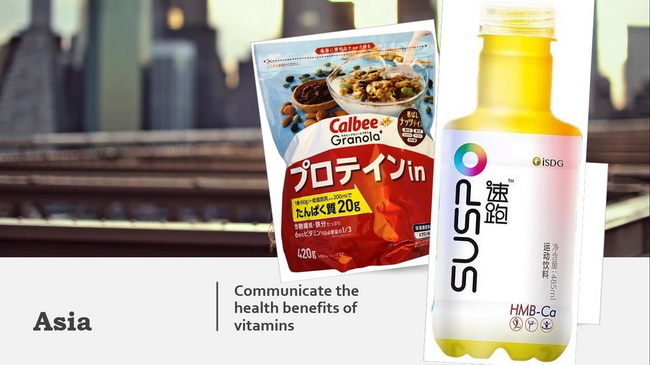
Asia: Communicate the health benefits of vitamins
Although the sports nutrition category in South East Asia remains small compared with other global regions, local brands have an opportunity to capitalise on the generally positive attitudes to fitness and active lifestyles which people have. For example, half of Chinese consumers consider themselves to be a “sports/exercise lover”, according to Mintel research on sports nutrition. This stems from a growing awareness around the importance of exercising and its impact on physical and mental health. Hence, sports nutrition brands can stay optimistic with regards to the future of the market, as it presents lucrative opportunities.
Vitamins are the most sought-after attribute consumers look for in sports/performance nutrition. However, there’s an opportunity to familiarise consumers with the health benefits of vitamins, presenting further opportunities for educational on-pack messaging.
Calbee Granola+ Nut Granola with Protein contains black beans, green soybeans, chocolate crunch, almonds and pumpkin seeds. It provides one third of the recommended daily amount of six vitamins, including fortified vitamin B6 for converting protein into energy and maintaining a healthy skin. It is suitable as a post-workout snack (Japan).
Suspo Sports Drink contains the nutrient HMB-Ca, which claims to help promote muscle synthesis and reduce muscle breakdown. It also contains citric acid which reduces lactic acid production, and taurine which replenishes energy (China).
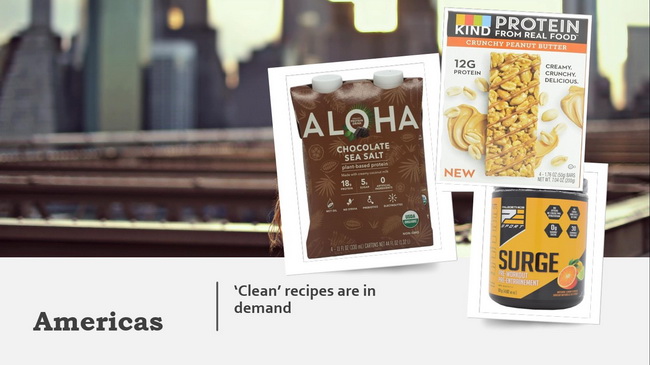
Americas: ‘Clean’ recipes are in demand
Mintel Trend ‘Bannedwagon’ outlines how consumers are increasingly focused on product labels and ingredients, as part of the rising clean eating trend. The sports and performance nutrition category is under the microscope owing to concerns about artificial ingredients. This can prompt a stronger innovation focus towards cleaner labels, achieved by formulating with natural, unprocessed ingredients. That a majority of US adults aged 18-54 consider performance drinks to be too high in artificial ingredients reflects the need to eliminate such ingredients and focus on committing to cleaner labels.
Aloha Organic Chocolate Sea Salt Protein Drink is made of plant-based protein including peas and brown rice. It contains 6% juice, 18g of protein, 5g of sugar, MCT oil, prebiotics to improve gut health and electrolytes to replenish (US).
PaleoEthics Surge Pre-Workout Beverage is said to provide ‘clean energy and focus without crash, nervousness or jitters’ thanks to the use of ‘real’ whole food ingredients, such as bee pollen, cranberry and green tea. It’s also vegan, paleo-friendly and free from additives and fillers (Canada).
KIND’s High Protein From Real Food Peanut Butter Bar is a creamy and crunchy protein snack said to be made with real, whole ingredients. It is free from GMOs, artificial flavours, sweeteners and gluten.
By: Amrin Walji
Amrin is a Senior Innovation Analyst who specialises in analysing trends driving product innovation and development across the food and drink industry.
Source:
www.mintel.com/blog/food-market-news/look-out-for-these-3-trends-in-sports-nutrition?utm_campaign=10918344_Mintel%20newsletter%20-%20Global%20-%2026%2F09%2F2019&utm_medium=email&utm_source=dotm&dm_i=2174,6I0NC,PFFSFX,PT1IA,1
